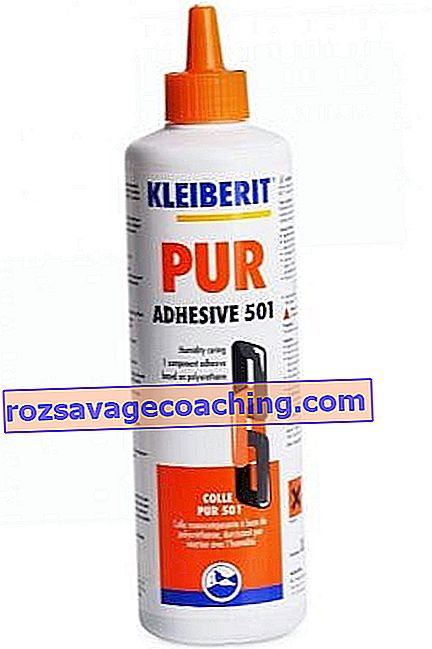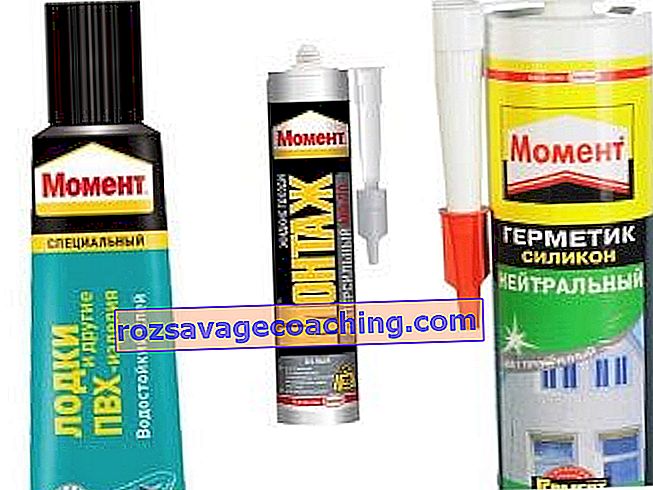
Modern manufacturers of building materials offer the buyer a versatile, practical, aesthetic and low-cost finishing material - PVC panels. Due to their technical characteristics, ease of installation and a huge range of colors, the panels have taken a leading position in the ranking of sales of building materials. The possibility of using it for finishing any surfaces in rooms for various purposes with normal and high humidity, making the necessary decorative elements are the indisputable advantages of the material, which made it in demand and popular among buyers.


Features of PVC panels
Plastic PVC panels are a beautiful, high-quality, cheap finishing material, consisting of a reliable and resistant to mechanical damage polyvinyl chloride. The decorative pattern applied to the front side using monochrome thermal printing or decorative lamination is coated with non-reflective and non-reflective paint or glossy paints and varnishes. The protective layer of varnish increases the strength of the structure against mechanical damage and ultraviolet radiation.
The panels are divided into wall and ceiling panels. Wall panels are robust, thick and resistant to mechanical stress. Ceiling options include thin panels, which are quite flexible materials.


Among the huge number of advantages, professional builders highlight the most significant positions:
- versatility and wide field of application - the ability to use for finishing any surfaces for various purposes: walls, floors, door and window slopes, interior items;
- affordable price;
- moisture insulating and vapor barrier properties;
- long service life;
- resistance to liquid cleaning agents;
- strength;


- high soundproof and heat-conducting performance;
- huge assortment - production of materials of different textures, sizes and colors;
- the ability to hide surface defects, electrical wiring and pipes;
- resistance to temperature fluctuations;
- environmental safety - the absence of phenol-formaldehyde resins in the technological process and the coating of sheets with water-based paint;
- simplicity and speed of installation - on flat surfaces, special glue is used for fixing; to mask defects of the working surface, the panels are attached to a wooden or metal frame;
- aesthetic appeal.

Disadvantages:
- fragility of panels at low temperatures and mechanical damage;
- ignition on an open fire with the release of poisonous and toxic smoke;
- discoloration under the influence of ultraviolet rays;
- unpleasant smell of new designs;
- undesirable use in children's rooms and bedrooms.
Manufacturers produce several types of panels with different connection methods:
- seamless - have a flat surface with invisible joints;
- embossed - have minor discrepancies;
- rustic - seamless beveled panels.


PVC finishing material can be monochromatic, lacquered, printed and laminated.
The building materials market offers the buyer a huge range of panels.
For the correct choice of the required material, it is necessary to take into account some of its characteristics:
- product size;
- lack of defects;
- number of stiffeners;
- type of attachment;
- mass;
- composition;
- price range;
- manufacturer.
PVC panels are a budget option for finishing different rooms with an easy installation method.

Types of glue
Mounting panels with special glue is a simple and inexpensive way for novice builders to complete finishing work.
Adhesives for this type of finishing work must have some properties:
- moisture resistance - for reliable fixation of the structure in rooms with high humidity;
- resistance to temperature fluctuations and ultraviolet radiation;
- elasticity;
- antiseptic properties and resistance to mold and mildew;
- economical and convenient packaging;
- high percentage of setting, transparency and adhesion;
- lack of unpleasant odor and harmful substances.

Manufacturers of adhesives indicate on the packaging what types of work and materials they are suitable for. An illiterate choice of glue or poor quality of the composition will significantly reduce the life of the structure, lead to a change in color, structure and shedding of the fixing agent. The building materials market offers two types of adhesives: one-component and two-component. The first type is a ready-made solution, which is easy to apply and operate. The second is a set consisting of an adhesive base and thickener, a durable and reliable composition for professional builders.
Depending on the properties, adhesives are:
- fixing - fix the elements to the working surface;
- reactive - used to work with large elements;
- contact - strong and reliable solutions;
- dispersive - glue is applied only to the surface of the base, which significantly reduces the consumption of the composition and shortens the finishing time.


The most popular products on the shelves of hardware stores are liquid nails, Titan brand goods, Moment Montage glue, T-type Secunda cold welding (for multicomponent and multi-layer surface types), polyurethane foam.
The most popular adhesive with high positive reviews is liquid nails.
It has the following universal properties:
- environmental Safety:
- waterproof composition - used for finishing bathrooms, pools and kitchen aprons;
- consistency in the form of a paste with a transparent beige tint;
- antibacterial composition - prevents the development of mold and fungi in a warm and humid environment;
- low consumption: 50 g per 1 m2.


Adhesive application rules:
- before starting work, it is necessary to degrease the surface with alcohol-based solutions;
- an adhesive based on a vinyl chloride polymer is used for plastic, and thermoplastic compounds are used to fix rubber;
- the composition must be applied in an even layer;
- the use of high temperatures will increase the percentage of adhesion of the structure and working base;
- it is necessary to exclude the load on the surface for the first 24 hours.
Mistakes when choosing an adhesive:
- incorrect calculation of the effect of loads on the structure;
- discrepancy between the type of glue and the type of coating;
- non-compliance with temperature ranges.

How to choose?
When choosing an adhesive, the buyer must take into account the type of surface, operating conditions, price range of products and some requirements for the adhesive composition.
The glue must have the following qualities:
- preserve colorlessness after drying;
- have high fixing rates, securely fasten the structure;
- have resistance to temperature indicators, sunlight and humidity;
- environmental safety is an important indicator when choosing an adhesive.
For wall panels, a hot glue gun, liquid nails, or non-expanding polyurethane sealants are suitable.

For finishing work in the bathroom, experts recommend using only special compounds. A bathroom is a room with a difficult microclimate with high humidity and temperature changes. Adhesive for PVC panels must have such characteristics as moisture resistance, resistance to temperature changes and ultraviolet radiation, as well as have increased antibacterial properties.
Particular attention should be paid to fixing mirrors in the bathroom. It is better to fix the mirror to concrete or tile with special adhesives based on resins and rubber, which do not damage the mirror surface, are moisture resistant, have a short period and high adhesion strength, and do not emit toxic substances.


For gluing floor coverings and sheet finishing materials, modern manufacturers offer customers several types of adhesives:
- polymer - elastic, durable, resistant to negative environmental influences;
- polymer-cement - durable and reliable composition;
- acrylic - strengthens the surface and allows steam to pass through;
- polyurethane - consists of rubber, universal composition for PVC panels;
- epoxy - an assembly compound for external and technical use.


Application Tips
The preparatory stage is the key to high-quality and fast installation.
Before fixing PVC panels, finishing work must be done:
- clean the work surface from dust and grease, level and putty all defects;
- cover the base with a deep penetration primer;
- let the surface dry.
For quick and high-quality work, professional builders advise you to follow the following rules:
- mark the sheets on the front side to obtain even and accurate details;
- determine and mark the place of attachment of the first sheet, start work from the door or corner of the room;

- number the details of the intended pattern;
- apply glue pointwise to the entire surface of the panel and the wall;
- pressing the material tightly to the working surface, hold until the composition fully sets;
- remove excess glue from the surface;
- remove the protective film from the finishing material.
For high-quality finishing work, it is necessary to strictly observe the technological process and follow all the rules and regulations for the performance of work - only then the work performed will bring moral satisfaction, and the material will serve for a long time and reliably.

For information on how to glue plastic panels when decorating walls in a bathroom, see the next video.